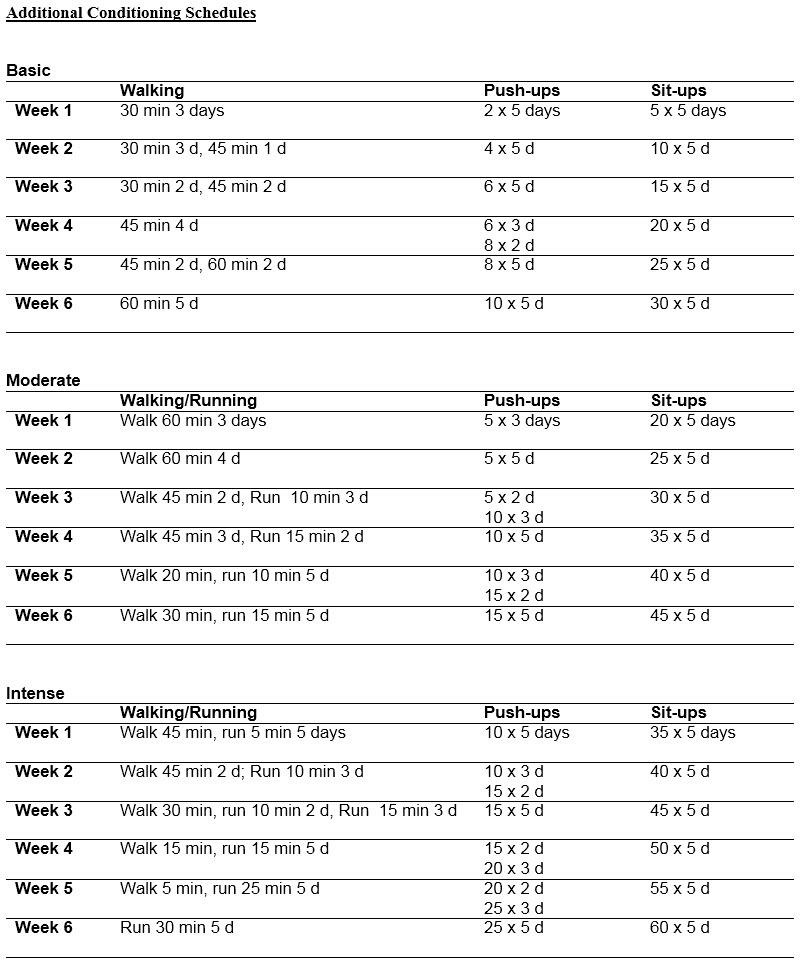In order to have a great time on the trail, it is important that everyone be in good physical condition. Trek will require hiking while pushing and pulling loaded handcarts weighing hundreds of pounds. Participants should feel confident and excited, rather than anxious, about this challenge. Preparation will reduce anxiety about the physical nature of Trek, prevent injuries and fatigue, and help everyone enjoy the spiritual, social and emotional blessings of the experience.
Everyone participating in Trek is expected to complete a 5 mile hike within 3 hours, wearing the shoes to be worn on Trek. The hike must be completed by June 20th. Because the Trek terrain will not be particularly rough, walking 5 miles continuously in any environment will be suitable. For the safety of the youth and the experience of the entire group, those who are not able to meet this requirement need special permission to participate and the Trek leaders need to know what their physical limitations are. As with any situation, there are exceptions. Please contact us regarding youth in your ward that are specifically challenged and discuss opportunities for them to be appropriately involved in this amazing event.
Sample Conditioning Schedule
Trek preparation is a great excuse to encourage the youth to meet during the week to walk together, have a joint activity walk-a-thon, or exercise with family members. This schedule is one idea of how to get started, and can be adapted for different levels of fitness. Remind the youth that they will be pulling and pushing a handcart as well as walking for several hours each day. Anyone beginning a new exercise routine should consult with their doctor first. Remember to wear the shoes you will wear on Trek!
Footwear – Important Safety Consideration
Type: Boots are recommended for those who have a tendency to roll or sprain their ankles. Sturdy walking shoes are acceptable. When choosing footwear, remember that it will receive heavy wear and will get very dirty.
Blisters are the most common medical condition and can ruin the experience for some, but they can be avoided!
Fit: Footwear should be comfortably snug when wearing two pairs of socks (see below). If footwear is too tight,, blisters will form on the toes and heels, and if too roomy, on the bottom of the foot. Insoles are a good way to reduce friction between the sole of the boot or shoe and the bottom of the foot. It is essential to “break in” footwear thoroughly before we hit the trail. Also remember to trim your toenails if necessary several days before Trek.
Socks: Even after footwear is broken-in, it is still necessary to prevent blisters by wearing one pair of thin nylon, polypropylene, or rayon socks under another pair of thicker wool socks. This reduces friction between footwear and the foot. Cotton socks should not be worn as they form folds, which quickly cause blisters. Cotton socks also hold moisture and dry slowly, making them unsuitable for hiking.
Additional Conditioning Schedules



